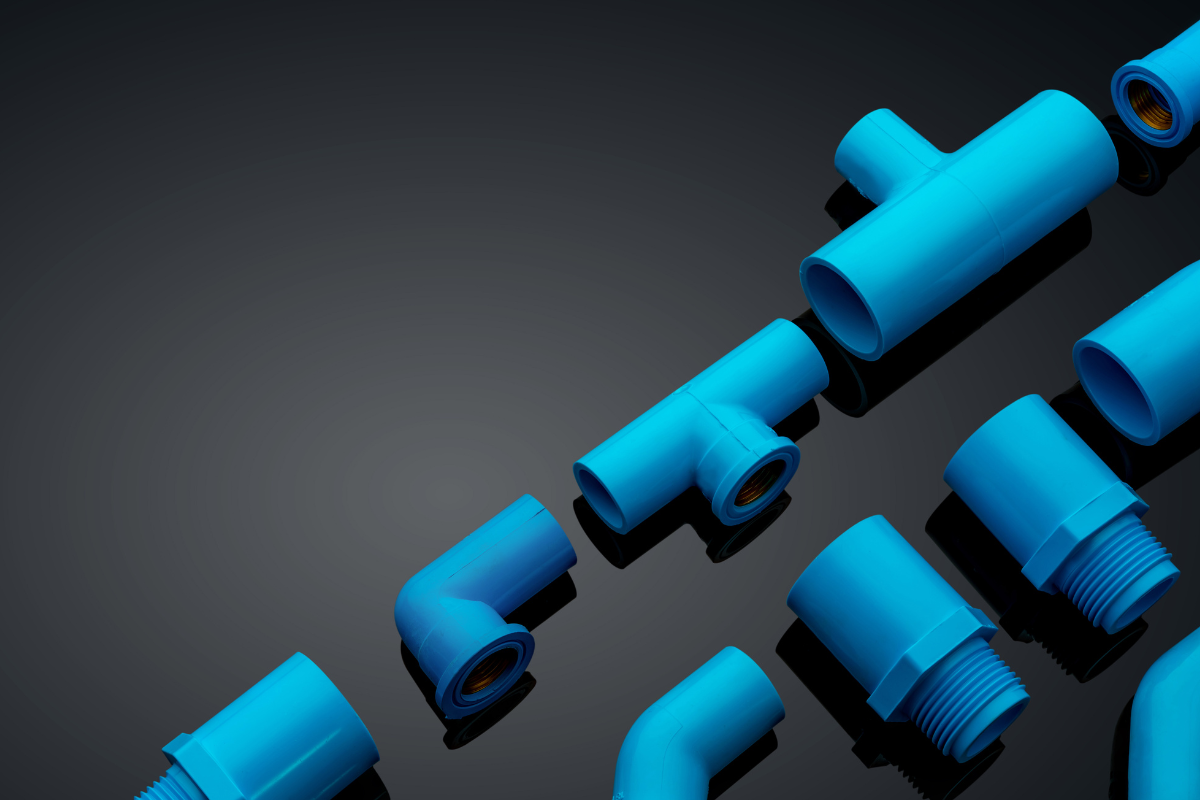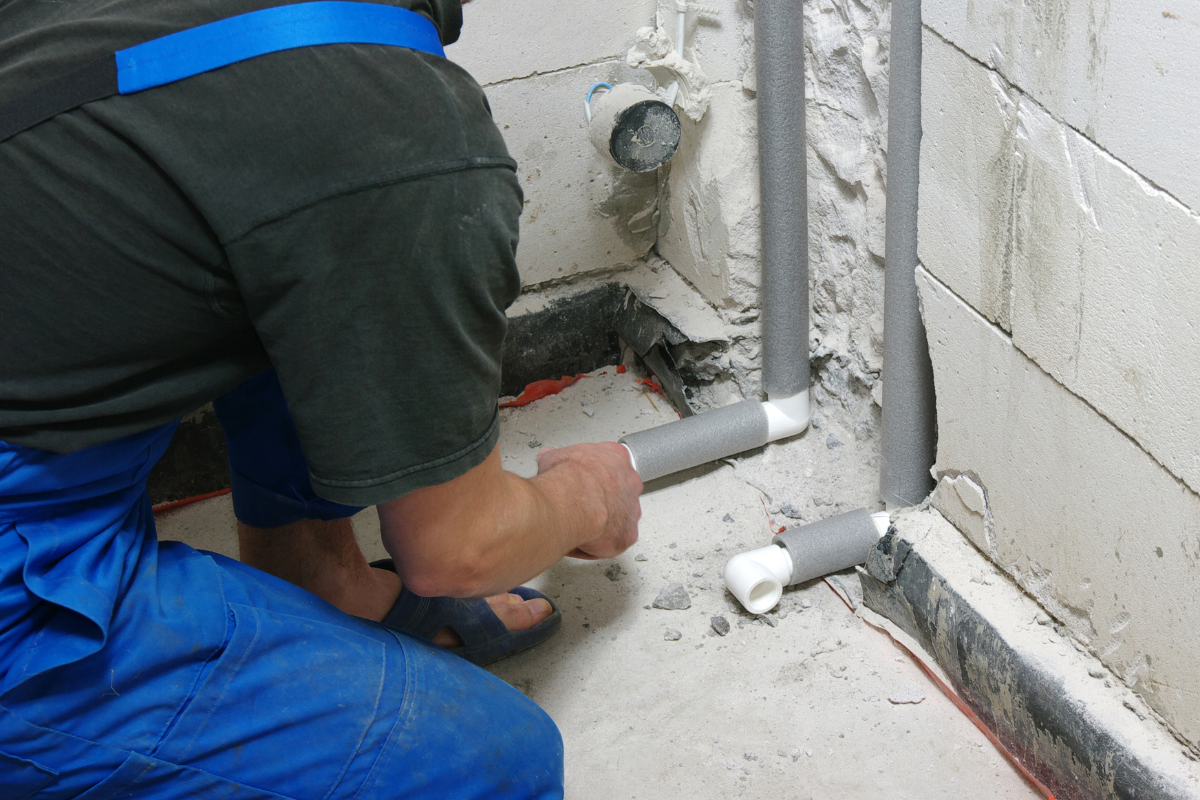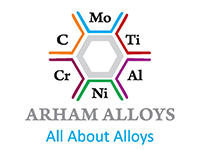Achieving a leak-proof SS pipe installation is critical for maintaining system integrity, preventing costly downtime, and ensuring operational safety across industrial applications. Whether you’re working in petrochemical plants, pharmaceutical facilities, or marine environments, proper stainless steel pipe fitting installation techniques can mean the difference between reliable operation and catastrophic system failure.
This comprehensive guide provides engineers, technicians, and installation professionals with proven strategies, best practices, and technical insights to ensure every stainless steel pipe fitting installation meets the highest standards of quality and reliability.
Understanding the Importance of Proper Installation
A successful stainless steel pipe fitting installation goes beyond simply connecting pipes together. It requires meticulous attention to detail, proper preparation, correct welding techniques, and thorough testing procedures. Even minor errors can lead to:
- System leaks and fluid loss
- Contamination of process media
- Corrosion and premature failure
- Safety hazards and environmental concerns
- Costly repairs and downtime
Pre-Installation Planning and Preparation
Material Inspection and Verification
Before beginning any Arham Alloys fittings installation, thorough material inspection is essential.
Key Inspection Points:
- Verify material certificates and traceability documentation
- Check dimensional accuracy against specifications
- Inspect for surface defects, scratches, or contamination
- Confirm stainless steel grade (304, 316, 321, duplex)
- Validate pressure and temperature ratings
Design Review and System Analysis
Proper stainless steel pipe fitting installation begins with comprehensive design review. Engineers must analyze the system to identify challenges and optimize procedures.
Critical Considerations:
- Pipe routing and support requirements
- Thermal expansion and contraction
- Stress analysis at fitting connections
- Maintenance access
- Code compliance and safety factors
Tool and Equipment Preparation
Using the right tools ensures leak-proof installation and prevents damage.
Essential Equipment:
- Stainless steel-specific cutting tools
- TIG/GTAW welding equipment (stainless steel pipe welding best practices)
- Pipe beveling and preparation tools
- Calibrated torque wrenches
- Non-destructive testing equipment
- Cleaning and passivation supplies
Welded Fitting Installation Techniques
Pipe Preparation and Beveling
High-quality welds begin with precise preparation.
Preparation Steps:
- Cut pipes to exact length
- Machine bevels (30–37.5° angles)
- Remove burrs and edges
- Clean cut surfaces to remove oil, grease, and contaminants
- Verify alignment and fit-up dimensions
Welding Parameters and Procedures
Welding is the most critical stage of leak-proof SS pipe installation.
Welding Best Practices:
- Use qualified WPS and certified welders
- TIG/GTAW welding preferred for SS
- Maintain shielding gas coverage (argon or helium)
- Control heat input to prevent sensitization
- Ensure complete penetration and uniform bead
Post-Weld Treatment
Proper post-weld treatment restores corrosion resistance.
Steps:
- Visual and non-destructive inspection
- Mechanical cleaning to remove oxidation
- Chemical passivation for chromium oxide restoration
- Final cleaning and protection
Threaded and Mechanical Fitting Installation
Thread Preparation and Sealant Application
Threading Guidelines:
- Inspect threads for damage
- Apply PTFE tape or anaerobic sealant
- Avoid over-tightening
- Ensure 3–5 thread engagement beyond hand-tight
Flanged Connection Assembly
Assembly Procedure:
- Clean and inspect flange faces
- Select correct gasket
- Position gasket correctly
- Tighten bolts in cross-sequence with calibrated torque
- Verify torque after pressurization
Quality Control and Testing Procedures
Pressure Testing Methods
Every stainless steel pipe fitting installation requires testing.
Protocols:
- Hydrostatic test at 150% design pressure
- Pneumatic test when hydrostatic isn’t feasible
- Hold pressure for 30 minutes
- Monitor for leaks or pressure drops
- Document test results
Non-Destructive Examination (NDT)
Common Methods:
- Radiography for internal defects
- Ultrasonics for thickness and flaws
- Liquid penetrant for surface cracks
- Magnetic particle for ferritic grades
Common Installation Mistakes and Prevention
Contamination Control
Avoid contamination to ensure long-term reliability.
Prevention Tips:
- Use dedicated SS tools
- Avoid carbon steel contact
- Maintain clean workspace
- Cover open ends during breaks
Thermal Management
Improper heat control can compromise welds.
Best Practices:
- Control interpass temperatures
- Allow cooling between welds
- Preheat thick-wall applications if needed
- Plan for expansion and stress relief
Specialized Installation Considerations
High-Purity Applications
Pharmaceutical and biotech projects require ultra-clean practices.
Requirements:
- Clean-room welding
- Electropolished finishes
- Enhanced cleaning/passivation
- Bioburden control
High-Temperature Services
For high-temp pipelines:
- Use grades like 321, 347
- Account for thermal cycling
- Use matching consumables
- Plan for creep resistance
Maintenance and Long-Term Performance
Documentation
Keep detailed records for reliability.
Must-Have Records:
- Material certificates
- Welding procedure qualifications
- Inspection/test reports
- As-built drawings
- Maintenance schedules
Preventive Maintenance
A maintenance plan ensures leak-proof performance.
Key Activities:
- Regular inspections
- Periodic NDT
- Bolt torque checks
- Cleaning/passivation cycles
- Planned replacements
Troubleshooting and Optimization
Leak Detection and Repair
If leaks occur:
- Locate source (dye, ultrasonic, soap solution)
- Identify root cause (weld defect, poor seal, design issue)
- Apply corrective repair
- Re-test after repair
Performance Optimization
Strategies:
- Train personnel regularly
- Standardize quality control
- Invest in better tools
- Learn from defect analysis
Conclusion
Achieving leak-proof SS pipe installation requires a combination of preparation, precision, and adherence to stainless steel pipe welding best practices. From Arham Alloys fittings installation to testing and preventive maintenance, every detail matters.
By following these proven strategies, you can ensure reliability, minimize downtime, and extend the lifespan of your piping systems. Remember, every project has unique challenges—continuous improvement and adherence to industry standards are the key to long-term success.
FAQs on Stainless Steel Pipe Fitting Installation
Q1. How to prevent leaks in stainless steel pipe fittings?
Leaks can be prevented by proper material inspection, correct welding techniques (TIG/GTAW), proper sealant use for threaded fittings, and rigorous pressure testing.
Q2. Which welding method is best for SS pipe installation?
TIG (GTAW) welding is considered the best method for stainless steel pipe welding, as it provides precise control, high-quality welds, and excellent corrosion resistance.
Q3. How to pressure test SS fittings after installation?
Hydrostatic testing at 150% of the design pressure is recommended. Hold the pressure for at least 30 minutes and inspect for leaks. Pneumatic testing can be used where water testing isn’t possible.
Q4. How do you maintain leak-proof SS pipe systems long term?
Regular inspections, periodic non-destructive testing, bolt torque verification, and cleaning/passivation help maintain integrity and prevent leaks.
Q5. Why choose Arham Alloys fittings installation?
Arham Alloys provides high-quality, certified stainless steel fittings that meet international standards, ensuring reliability, durability, and ease of installation.








